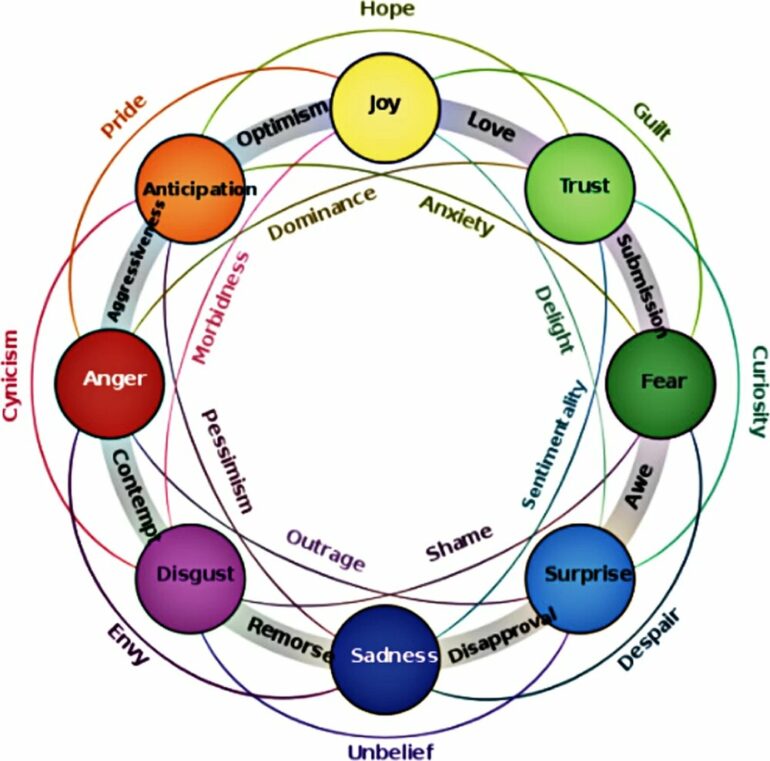Popular culture plays an important role in shaping society’s perceptions and attitudes around gender roles. We are fed images and stories through television, film, music and social media that can both enhance or challenge traditional gender roles.
The film industry, which is one of the most influential media industries with an audience of billions of people around the world, plays a particularly central role in depicting gender roles.
A team of international students of the Erasmus Mundus double degree program Engineering of Data-intensive Intelligent Software Systems (EDISS) at Åbo Akademi University recently published an article entitled “Identifying gender bias in blockbuster movies through the lens of machine learning” in the Journal of Humanities and Social Sciences Communications.
The student team consisted of Muhammad Junaid Haris, Aanchal Upreti and Melih Kurtaran. The work was advised by Sébastien Lafond and Sepinoud Azimi of the subject cluster Information Technology at Åbo Akademi University with Filip Ginter of the University of Turku as a collaborator.
In the study, students analyzed the manuscripts of 34 Hollywood films in a range of genres using mathematical and machine learning techniques, looking at how gender roles are presented and how emotions are expressed by male and female characters in the films.
The results show that there are still specific patterns in the personality traits of male and female characters in films consistent with societal stereotypes. These patterns show that men on film are more aggressive, powerful, dominant and jealous, and women more loving, caring, happy and docile.
The analysis also showed that gender representation in the last 20 years has become more equal. In the years 2000–2004 only 15 percent of characters were female, but in 2015-2019 that number increased to almost 44 percent.
“As far as we know, this is the first time that characters’ emotional expressions in blockbuster movie productions have been studied in greater depth. Although the female roles have evolved and been allowed more prominence on screen over the years, there are still many stereotypical gender roles beneath the surface,” says Sepinoud Azimi.
More information:
Muhammad Junaid Haris et al, Identifying gender bias in blockbuster movies through the lens of machine learning, Humanities and Social Sciences Communications (2023). DOI: 10.1057/s41599-023-01576-3
Provided by
Abo Akademi University
Citation:
Identifying gender bias in blockbuster movies through the lens of machine learning (2023, April 26)



